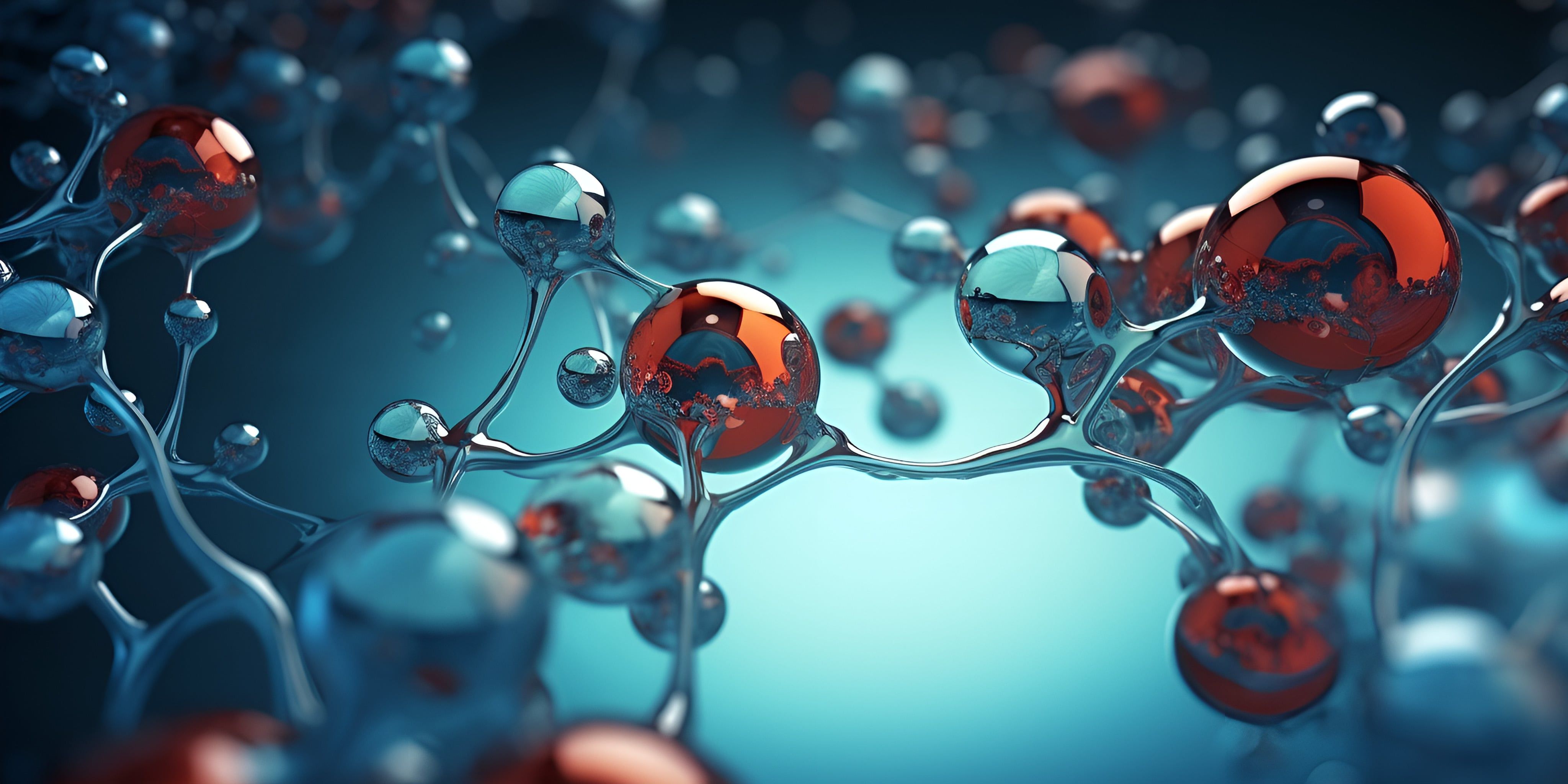A Guide on Determining Stability of Molecular Crystals in Pharmaceutical Drug Development
Study analyzes and predicts how conditions in research and development can be predicted via computer simulation.

There are a multitude of physical properties—such as solubility, stability, bioavailability, and melting behavior—that are necessary for the function of pharmaceutical materials.1 Performance not only depends on the state of the solid, but on environmental influences, including temperature and humidity.
A study conducted by the University of Luxembourg and published in Nature2 determined that these free energies present standard errors of 1–2 kJ mol−1 for relevant compounds, and the tactic of positioning crystal structures with different hydrate stoichiometries on the same energy level can actually apply to other multi-component systems, including solvates. This realization helps diminish the gap between experimentation and high-tech computational tools, which allows the crystal structure prediction process—also known as solid form screening platforms—to be a more reliable one.3
In a press release, the investigators note,4 “reports in the literature are sparse, and much of the experimental data on free energy determinations for molecules of pharmaceutical interest is simply not in the public domain. To overcome this challenge, experts in academia and industry have compiled the first ever reliable experimental benchmark of solid-solid free energy differences for chemically diverse, industrially relevant systems.”
The Luxembourg team was then able to calculate the free energy differences by using high performance computing (HPC) methods, such as crystal structure prediction (CSP), which has proven over the years to be an accurate measurement of polymorph risk assessment and control.3,5-9
Alongside CSP, a data-driven and topological algorithm10 has been used in order to predict the fractional or nonstoichiometric hydrates, and determine the risk of hydrate formation for compounds. This study tackled four essential topics:
- A necessity for more accurate and inexpensive free-energy calculations.
- The deficiency when it comes to the availability of free-energy benchmarks.
- Being able to successfully measure computational errors.
- How to predict stability relationships between hydrates and anhydrates as a function of temperature and relative humidity without having to undergo additional calibration.
In the end, without even using empirical input, these calculations that used HPC and CSP were able to precisely predict and quantify data from seven pharmaceutical companies, marking one of the many possible uses of quantum mechanical calculations in the pharma industry.
"I am thrilled to see how computational methods developed in my academic group have been quickly adopted to reliably predict the energetics of drug crystal forms in the pharmaceutical industry in a matter of years, breaking the traditional barrier between research and industrial innovation," commented professor Alexandre Tkatchenko within the Department of Physics and Materials Science at the University of Luxembourg, in the press release.
References
1.Saal, C. Selection of solid-state forms: challenges, opportunities, lessons learned and adventures from recent years. J. Pharm. Pharmacol. 67, 755–756 (2015).
2. Firaha, D., Liu, Y.M., van de Streek, J. et al. Predicting crystal form stability under real-world conditions. Nature 623, 324–328 (2023). https://doi.org/10.1038/s41586-023-06587-3
3. Price, S. L. & Reutzel-Edens, S. M. The potential of computed crystal energy landscapes to aid solid-form development. Drug Discov. Today 21, 912–923 (2016).
4. University of Luxembourg. "A revolution in crystal structure prediction of pharmaceutical drugs." ScienceDaily. ScienceDaily, 10 November 2023. https://www.sciencedaily.com/releases/2023/11/231110112457.htm
5. Abramov, Y. A., Sun, G. & Zeng, Q. Emerging landscape of computational modeling in pharmaceutical development. J. Chem. Inf. Model. 62, 1160–1171 (2022).
6. Neumann, M. A., van de Streek, J., Fabbiani, F. P. A., Hidber, P. & Grassmann, O. Combined crystal structure prediction and high-pressure crystallization in rational pharmaceutical polymorph screening. Nat. Commun. 6, 7793 (2015).
7. Taylor, C. R. et al. Minimizing polymorphic risk through cooperative computational and experimental exploration. J. Am. Chem. Soc. 142, 16668–16680 (2020).
8. Bhardwaj, R. M. et al. A prolific solvate former, galunisertib, under the pressure of crystal structure prediction, produces ten diverse polymorphs. J. Am. Chem. Soc. 141, 13887–13897 (2019).
9. Andrews, J. L. et al. Derisking the polymorph landscape: the complex polymorphism of mexiletine hydrochloride. Cryst. Growth Des. 21, 7150–7167 (2021).
10. Hong, R. S., Mattei, A., Sheikh, A. Y. & Tuckerman, M. E. A data-driven and topological mapping approach for the a priori prediction of stable molecular crystalline hydrates. Proc. Natl Acad. Sci. USA 119, e2204414119 (2022).